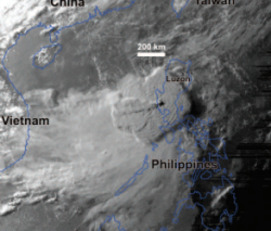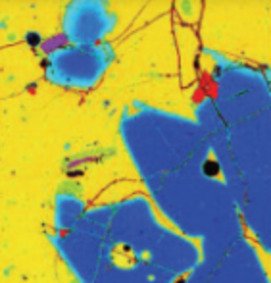Consequences of Explosive Supereruptions
Rare but extremely large explosive supereruptions lead to the catastrophic formation of huge calderas, devastation of substantial regions by pyroclastic flow deposits, and ash falls that cover continent-sized areas. The effects of future supereruptions will be felt globally or at least by a whole hemisphere. The most widespread effects are likely to derive from the volcanic gases released, particularly sulfur gases that are converted into sulfuric acid aerosols in the stratosphere. These will remain for several years, promoting changes in atmospheric circulation and causing surface temperatures to fall dramatically in many regions, bringing about temporary reductions in light levels and producing severe and unseasonable weather (‘volcanic winter’). Major disruptions to global societal infrastructure can be expected for periods of months to years, and the cost to global financial markets will be high and sustained.
Consequences of Explosive Supereruptions Read More »



